Misconceptions about tree planting
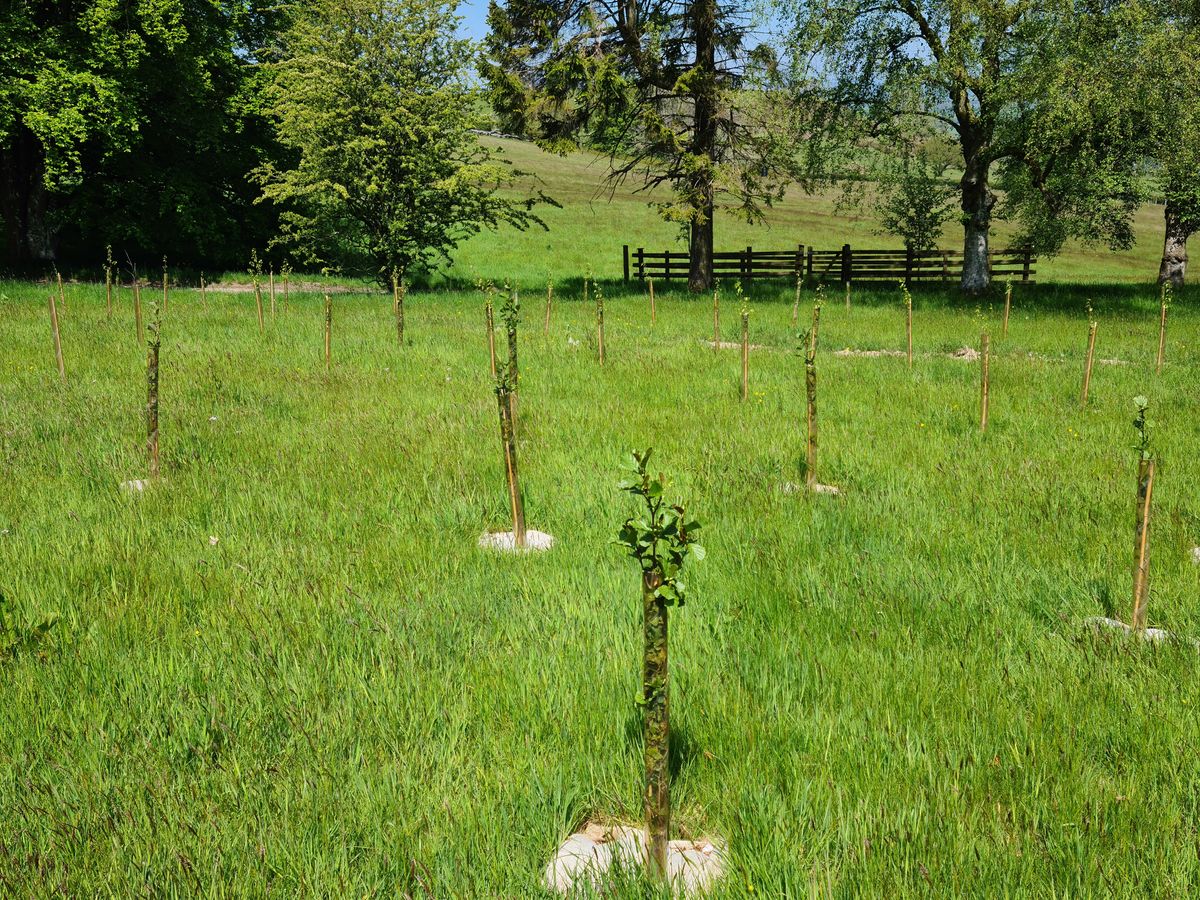
As somebody relatively new to woodland creation and restoration, I have been learning quickly thanks to being surrounded by experts in various fields.
Before having a chance to listen and learn from those long involved in tree-planting and reforesting, I thought I knew more than I do now. I thought having trees planted in a straight line was bad practice. I thought overplanting a site was wasteful.
I see a lot in traditional media and posts circulating social media platforms trading on many of the same preconceptions I have shed through my work with Protect Earth. Some of these things seem big, and some seem small, but they lead to distrust, infighting, and contention when cooperation is the only way out of the biodiversity and climate crises.
I will kick off this series looking at misconceptions about tree planting by quickly addressing each topic I'll explore in greater depth in later articles.
Misconception #1: Trees are planted "too close together"
Reality: Overstocking helps a woodland establish even when there are losses.
Trees are often planted in densities higher than many think necessary. This practice, known as overstocking, is beneficial in helping to establish a healthy woodland ecosystem. Planting more saplings than are expected to survive allows nature to take its course and create the ideal conditions for a tree canopy to grow.
Depending on the site's conditions, the stocking density can vary from 1,200 to 3,000 trees per hectare (trees/ ha). About 1,600 trees/ha with an 80% survival rate of those saplings is standard.
Suppose some of these saplings fail due to environmental reasons such as being eaten by deer or insects or suffering from drought. This failure can be beneficial when this happens as it provides deadwood for animal habitats.
If too many trees survive for them all to have enough space, they can be thinned out in phases every 5-10 years until a healthy tree canopy can look after itself without interference.
Overall, overstocking helps to ensure that a woodland contains proper levels of diversity and health and should not be discouraged.
Misconception #2: Planting in straight lines is lazy or bad
Reality: Sometimes, it's demanded by the government, but birds don't care.
Tree planting in straight lines is an unfortunately common sight, but there are often practical and financial reasons why it is done this way.
Planting with a square grid or in rows can be an explicit requirement of government grants that make the planting possible or just a lack of imagination.
Despite the straight lines, the trees eventually form a canopy for wildlife and provide much-needed habitat.
The main concern when planting in straight lines should be if the required number of trees will fit within the available space rather than worrying about perfect randomness. Our ecologist, Steve Wiltshire, noted that birds or squirrels would not be asked about their preference for patterned versus randomly planted trees; it is primarily an aesthetic issue.
There are precautions to take, such as creating a woodland edge to buffer from wind and selecting species carefully, which can lessen any potential issues from temperature regulation. With time, nature will randomise the forest enough to look less uniform and square.
Those without grant restrictions might have more creative freedom when designing their woodland. However, even then, there should be considerations around achieving the correct number of trees and using species correctly to ensure maximum environmental benefit.
Ultimately, tree planting in straight lines may not be ideal. But, it doesn't affect its effectiveness as a habitat for wildlife as nature takes hold and shapes the woodland.
Misconception #3: "Rewilding" is better than tree planting
Rewilding is gaining a lot of attention. It involves leaving the land to naturally turn into woodland.
This process, also known as "natural colonisation", can be successful when certain conditions are met: there must be native trees nearby with seeds in the soil, and there should not be too many browsing animals. However, natural colonisation must be used with tree planting for areas to reach full functionality and biodiversity more quicker.
Natural colonisation will create mature tree coverage but won't happen quickly enough to address the urgency of climate and biodiversity crises without help from tree-planting organisations. Additionally, care has to be taken so that invasive plants don't take over due to a lack of saplings or human intervention.
Our woodland, High Wood, combines natural colonisation and tree planting. We have some clear-felled areas that will not establish a canopy in any sort of relevant timescale. Through controlling the stocking density we can leave larger gaps between what we’re planting, and create clearings, so that if seeds (either in the soil already, or brought over by jays, squirrels, etc) want to give it a shot, they can.
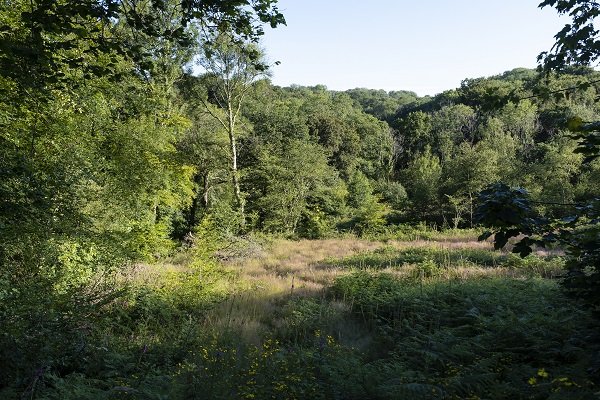
Natural colonisation and tree planting are two separate tools that work very well together. By understanding what these two methods offer, they can be combined to develop an ecosystem's biodiversity.
Rewilding is an effective tool when combined with other techniques, such as tree planting, to create a healthy, biodiverse ecosystem capable of addressing our current environmental crises more quickly.
Misconception #4: Planting a tree for every t-shirt (insert any product) is greenwashing
Reality: Companies usually take one small step to do something productive and do not pretend that planting a single tree offsets the carbon created to manufacture products and get them on shelves.
When companies advertise that they plant a tree for every item purchased, they are usually vague about what this means.
And the truth of that is it is vague because planting is not handled in-house. These companies will have a range of intentions - from very well-meaning to it's-the-thing-to-get-customers. But, they provide the funding organisations like Protect Earth can bid for to carry out some of our projects.
It is difficult for companies providing money from sales to report accurately on goals, steps from today to reaching the goals, etc., because reporting may not be as transparent. Or several organisations have bid for money with different projects in other parts of the world with unique goals. The complex data sets this creates are difficult to concisely put into a nice-looking poster to hang in a shop window. Hence, the vagaries.
Nevertheless, we should all work harder to understand the truths behind those slick marketing posters.
As an industry, we should be working together to standardise our reporting. Companies (who care about environmental issues rather than the bandwagon hoppers) should be interrogating how effective their spending is and passing that message on to customers who deserve an answer if they're spending their hard-earned money on tree-planting via their newest purchase.
Misconception #5: Using plastic guards is daft because alternatives exist now.
Reality: Good options hit the market in 2021/ 22 but are still experimental, expensive, or both.
The use of plastic tree guards in the woodland creation and forestry industry has been widespread despite the availability of other, more sustainable options.
Photodegradable guards can leave behind microplastics in the soil. Compostable guards must be collected and sent to an industrial composting facility to reach the necessary temperature and pressure for decomposition.
Now, prices have improved, with bioplastics, cardboard, and wool guards entering the market; some companies even offer a five-year guarantee for their products. Despite this, the price of sustainable guards is still too high (around £4/ guard) when government grants only cover £2.24 per guard.
Therefore, many organisations favour fossil plastic guards that are more affordable and recyclable through AgriCycle.
As an industry, we know we need more than fossil plastic guards, and we continue to search for the right balance that works.
I have heard whispers that regulation changes may be coming, requiring biodegradable/ sustainable tree guards. This means the economies of scale will kick in, making them more attainable for all organisations in the short term. Fingers crossed for this.
Misconception #6: Reforestation is taking valuable land from farming
Reality: Groups like Protect Earth work with farmers to boost their land's bio-diversity increasing farm productivity while fighting climate change. We buy land with very low productivity for larger rewilding.
The media has a narrative that hedge funds based in London are buying up entire Welsh farms (including the buildings) and ramming the fields full of whatever will get the most carbon credits for them to sell, with no community involvement and local jobs created.
Some of that may be true, but not as much as some newspapers would make you think, as we can see from the records of how much tree planting is being done across the UK.

In the UK, 540 hectares are planted with trees yearly - just over 1,300 football fields. Much of the land is planted by existing landowners planting trees on their land (we know, we work with them to help them do it).
But, for the sake of argument, if 100% of this 540 hectares was being purchased for tree planting, and all of it was agricultural land, there are 1.5 million hectares of agricultural land in Wales (source: gov.wales). That means that at most, the annual rate of Welsh farmland being converted to woodland each year is 0.054%, with no sign of ramping up any time soon.
Over the whole United Kingdom, 76% of the land is agricultural.
According to Forest Research, in 2022, woodland covers only 13% of the total land area in the UK, 19% in Scotland, 15% in Wales, 10% in England, and 9% in Northern Ireland. Across the UK, the devolved governments have agreed to the target of 30,000 hectares of additional tree cover each year until 2050, which is 0.16% of the total land in the UK each year.
To sum up
Part of why I helped start Protect Earth was to ensure good work was being done, profits were being used to employ good people, and things could keep moving forward.
Before getting involved in this world of tree-planting, and founding Protect Earth - I didn't have the same information and point of view I do now.
Over the coming weeks, I'll share the information I've since gleaned concerning some of the misconceptions about how things in the tree planting industry work, various practices, and what can be done to improve our work. There's a lot of ground for me to cover in addressing these misconceptions. If you have any questions or want to add any misconceptions I've missed, I'm happy to add them to the list.
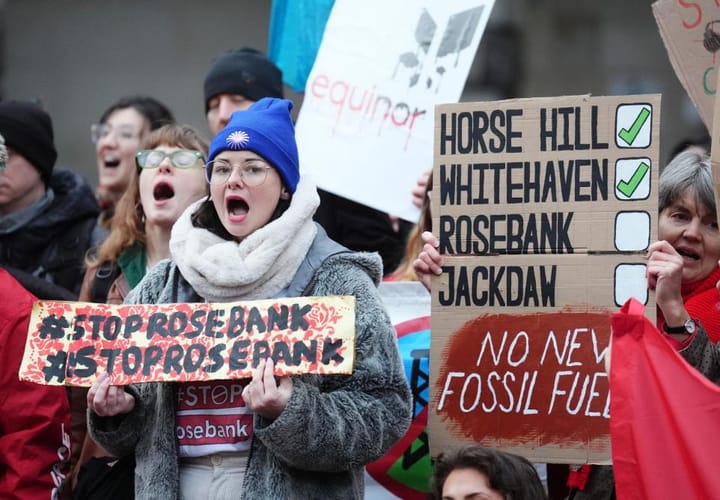
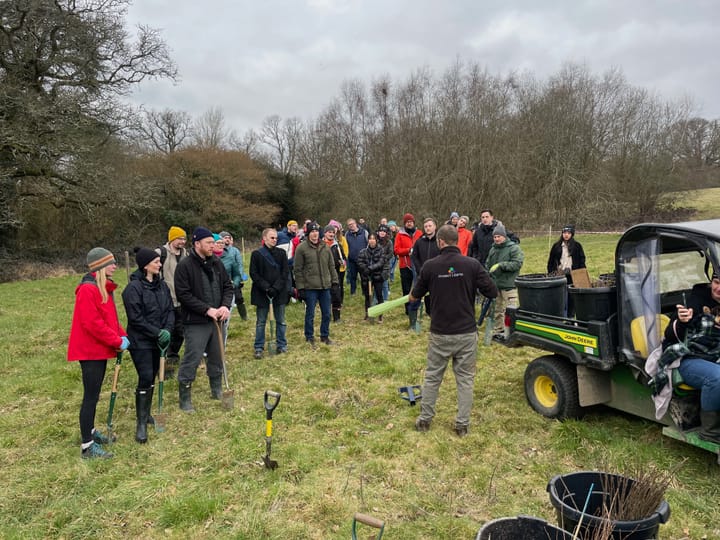
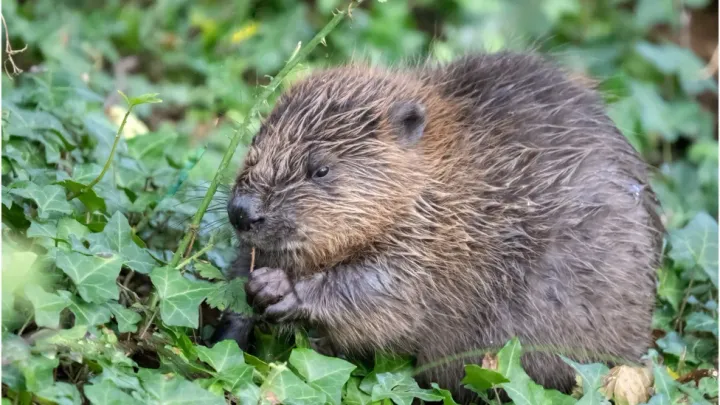
Comments ()